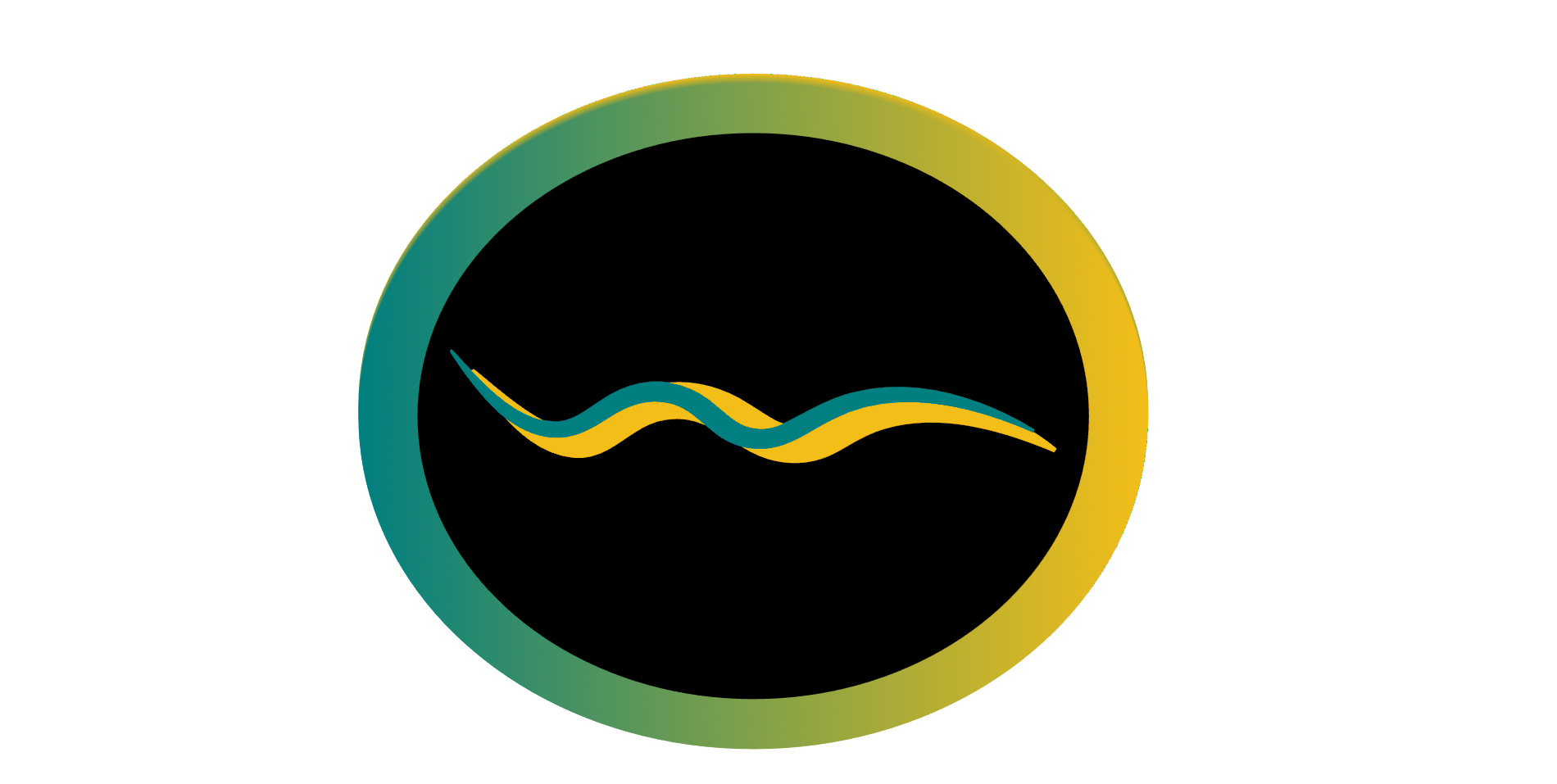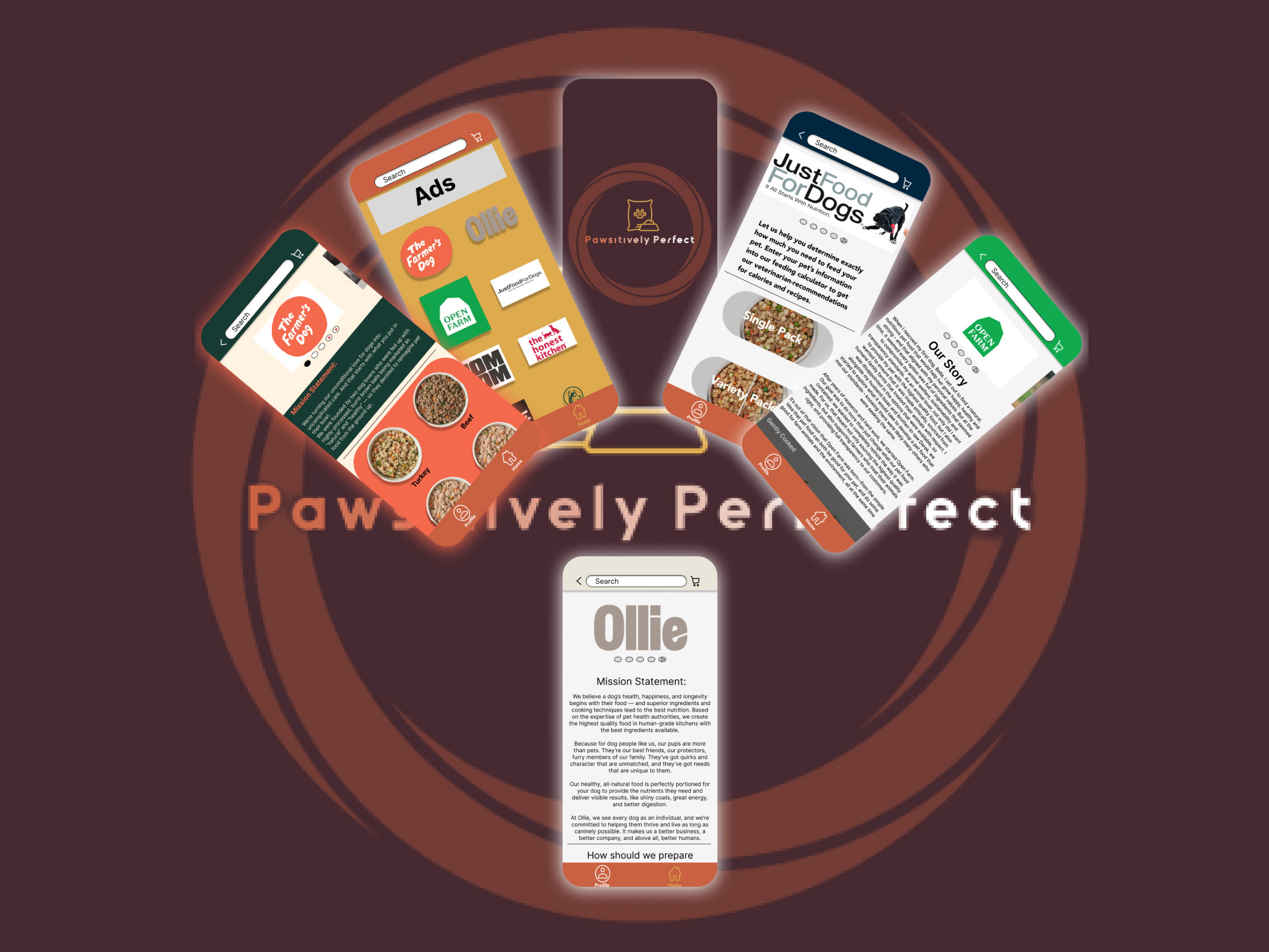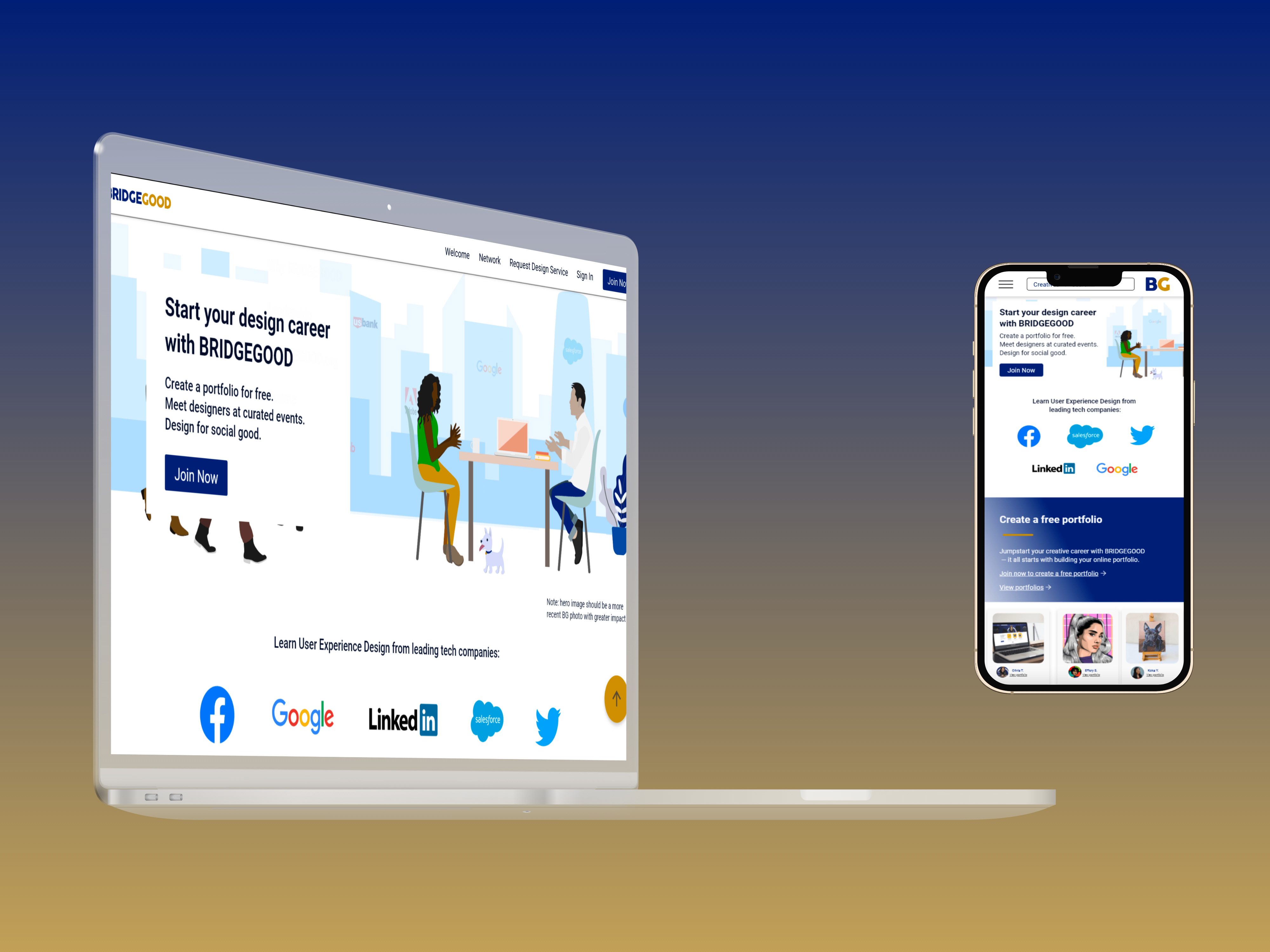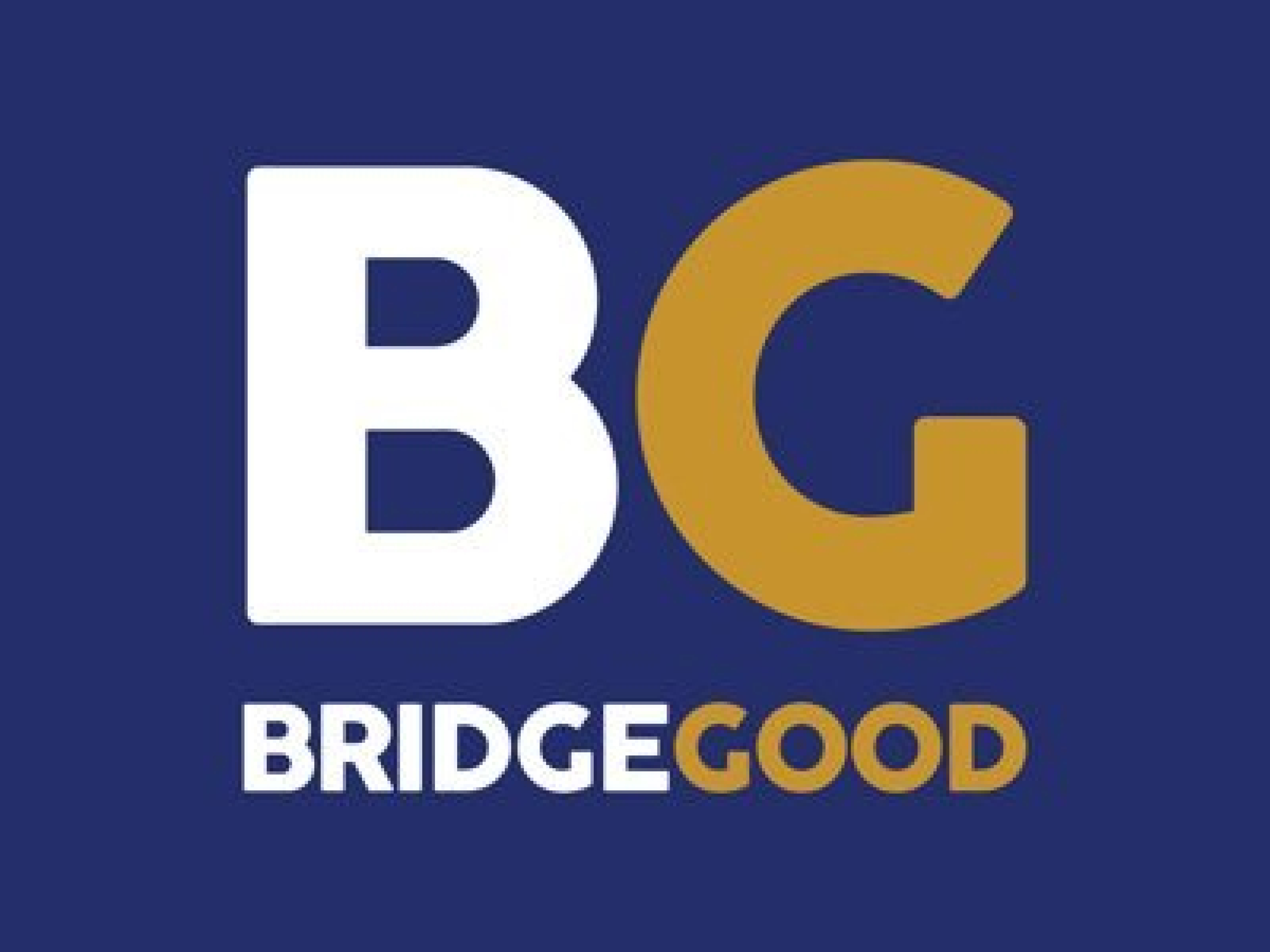Overview -The Challenge:
Witnessing firsthand the frustration and financial burden of pothole damage in Oakland and San Leandro sparked the idea for RoadGuard. Residents faced significant vehicle damage, safety risks, and slow, ineffective reporting systems. Existing municipal responses and damage claim processes were inadequate, leading to community dissatisfaction
My Solution: RoadGuard, a user-friendly mobile application designed for Castro Valley and San Leandro residents, empowers them to efficiently report and track road hazards. The goal: accelerate repair times, improve road conditions, enhance community safety, and reduce the stress and costs associated with pothole damage.
Key Features & Impact:
- Simplified Reporting: Intuitive interface for quick submission of pothole locations with photos and details.
- Real-time Tracking & Transparency: Users receive updates on the status of their reports, fostering trust and accountability.
- Proactive "Driving Mode": Leverages device sensors to automatically detect potential pothole encounters (concept stage).
- Community-Driven Data: Aggregated reports provide valuable insights for local authorities to prioritize maintenance efforts.
- Potential for Insurance Integration: Explored the possibility of streamlined damage claim submissions through partnerships with auto insurers.
- Gamification for Engagement: Incorporated a reward system (points redeemable for local services) to incentivize reporting and community participation
User-Centric Design Process:
Comprehensive Research: Conducted user interviews (40 drivers), secondary research (Nextdoor, Reddit, news), and a competitive analysis to deeply understand the problem space and user needs.
Persona Development: Created four distinct user personas to represent the diverse experiences and pain points of local drivers.
Journey Mapping: Visualized user interactions to identify key touchpoints and opportunities for optimization.
Iterative Prototyping & Usability Testing: Developed a low-fidelity prototype and conducted usability testing with 8 participants, achieving a strong SUS score of 81.25/100. Key feedback led to significant UI/UX improvements in navigation and feature clarity
Key Learnings:
Successfully transitioned to independent project work, driving all aspects of the UX process.Identified the need for further practice in independent user survey recruitment.
Enhanced proficiency in leveraging AI prompts for workflow optimization.
Tools Used: Notion, Adobe XD, Miro, Gemini AI.
Key Learnings:
Successfully transitioned to independent project work, driving all aspects of the UX process.
Identified the need for further practice in independent user survey recruitment.
Enhanced proficiency in leveraging AI prompts for workflow optimization.
Tools Used: Notion, Adobe XD, Miro, Gemini AI
View Prototype:
Here's a breakdown of the changes and why they were made:
Concise Introduction: Immediately states the problem and your solution.
Impact-Focused Bullet Points: Highlights key features and their potential benefits (safer commutes, data-driven decisions).
Streamlined Process Description: Briefly mentions your core UX activities (research, personas, testing) without getting bogged down in details.
Quantifiable Result: Including the SUS score provides a tangible measure of usability.
Recruiter-Friendly "Learnings": Frames your personal growth in a positive light.
Clear Call to Action: Directly prompts the recruiter for a conversation about alignment with their needs.
Visual Hierarchy: Uses headings, bullet points, and bold text to improve scannability.
Professional but Approachable Tone: Avoids overly academic language while maintaining a polished presentation.
Connect with me if you want to see the expanded version.
itisrod@gmail.com




